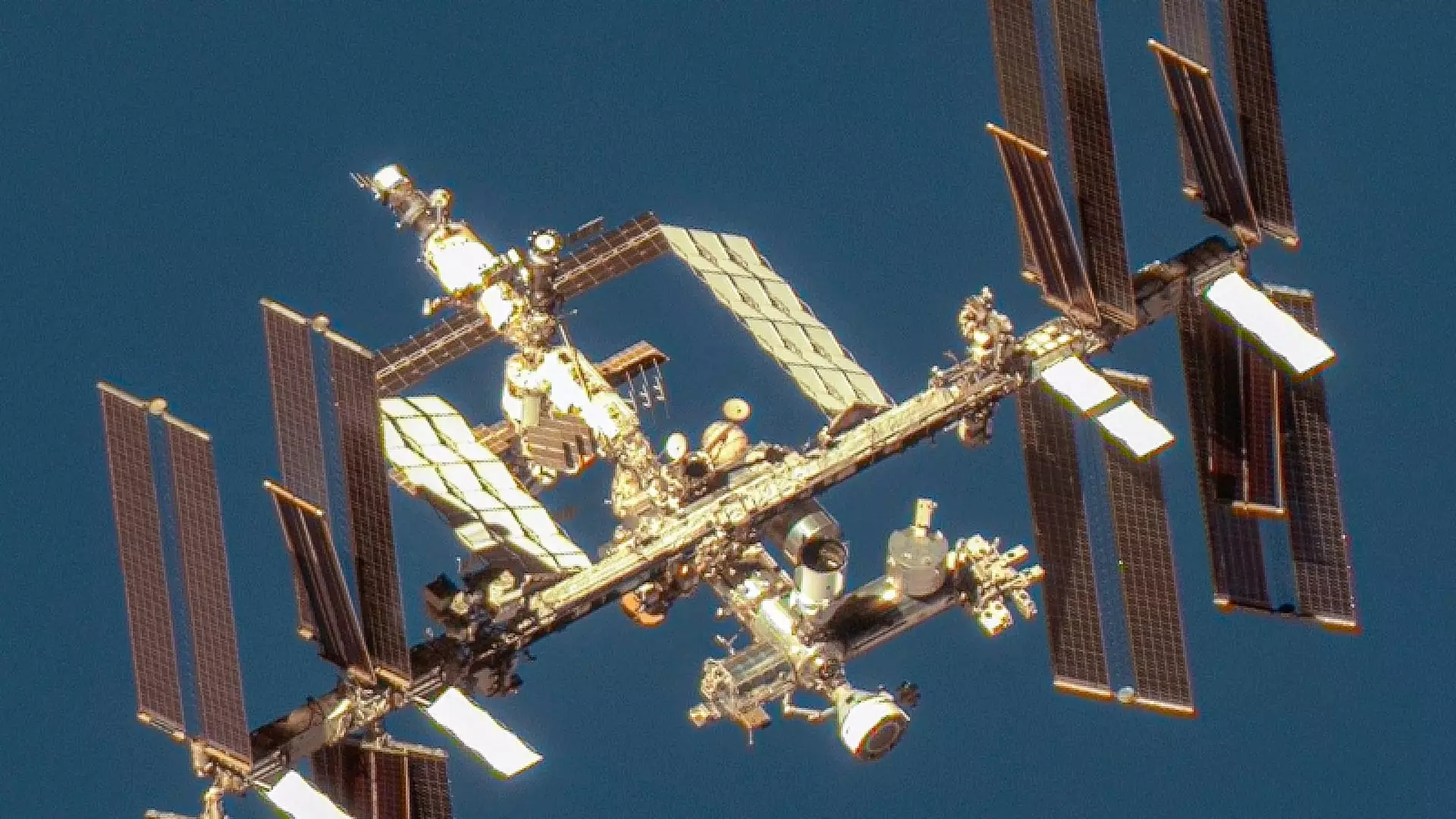Boeing’s Starliner capsule, named “Calypso,” was originally planned to stay at the International Space Station for nine days as part of its crew flight test mission. However, NASA announced that Calypso’s mission has been extended to at least 17 days to allow for further testing of the spacecraft while docked at the ISS. The decision to extend the mission has raised questions about the preparedness of the Starliner capsule for crewed flights and the overall reliability of the spacecraft.
During the extended stay at the ISS, Boeing and NASA are conducting various tests on the Starliner capsule, including operating the capsule’s hatch, firing thrusters, and checking cabin air temperature. These tests are crucial for ensuring the safety and functionality of the spacecraft before it carries crew back to Earth. However, the need for additional testing and the occurrence of multiple issues during the mission, such as helium leaks and malfunctioning thrusters, have raised concerns about the readiness of the Starliner for operational missions.
The Starliner capsule has faced several challenges during its mission, starting with a single leak in the helium propulsion system before launch. Despite being deemed stable, the leak raised questions about the overall integrity of the spacecraft. Since docking with the ISS, the spacecraft has experienced four additional helium leaks, as well as issues with its reaction control system engines. These challenges have highlighted the technical difficulties and reliability issues facing the Starliner capsule.
The extended mission and the challenges faced by the Starliner capsule have implications for both Boeing and NASA. For Boeing, the mission extension and the technical issues encountered during the flight could raise concerns about the company’s ability to deliver a reliable and safe spacecraft for crewed missions. For NASA, the delays and setbacks with the Starliner capsule could impact the agency‘s plans for crewed missions to the ISS and its reliance on commercial partners for space transportation.
Boeing’s Starliner capsule was once considered a competitor to SpaceX’s Dragon spacecraft, which has successfully completed multiple crewed trips to the ISS. However, the various setbacks and delays faced by the Starliner have shifted its position to a backup option for NASA. With SpaceX continuing to lead the way in crewed spaceflights, Boeing will need to address the issues with the Starliner capsule to remain competitive in the commercial spaceflight market.
The extended mission of Boeing’s Starliner capsule “Calypso” at the International Space Station has raised questions about the spacecraft’s readiness for crewed flights and its overall reliability. The technical challenges faced by the Starliner during the mission have highlighted the importance of rigorous testing and preparation for spaceflight. As Boeing and NASA work to address the issues with the Starliner capsule, the future of commercial crewed spaceflight remains uncertain.

